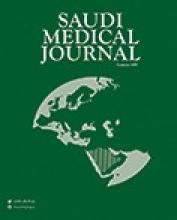Abstract
OBJECTIVE: To generate a novel porous poly(D,L-lactide)/nacre nanocomposite hollow scaffold.
METHODS: This study was performed in the Department of Spine Surgery, Southern Medical University, Guangzhou, China from September 2010 to September 2011. Nacre nanoparticles were prepared using a physical process and identified by x-ray diffraction and transmission electron microscopy, to generate a novel scaffold though the salt leaching processing technique. The morphology and structure properties of this scaffold were further investigated under scanning electron microscope and mechanical property testing. Additionally, the biological characteristics were evaluated by cell culture experiments in vitro. Thirty-six rabbits were randomly divided into 3 groups. The defects were implanted with/without poly(D,L-lactide)/nacre scaffold or poly(D,L-lactide) scaffold. The results were assessed by radiographs and bone mineral density to monitor bone repairing.
RESULTS: The nacre nanoparticles were spherical in shape, with a diameter range from 45-95 nm. The scaffolds possessed an interconnected porous structure with an average pore size of 322.5±50.8 um, and exhibited a high porosity (82.5 ±0.8%), as well as good compressive strength of 4.5±0.25 Mpa. Primary biocompatibility experiments in vitro showed that cells adhered and proliferated well on the scaffolds. The animal study further demonstrated that the scaffolds could repair the critical size segmental bone defects in 12 weeks.
CONCLUSION: Newly established scaffolds may serve as a promising biomaterial for bone tissue engineering.
- Copyright: © Saudi Medical Journal
This is an open-access article distributed under the terms of the Creative Commons Attribution-Noncommercial License (CC BY-NC), which permits unrestricted use, distribution, and reproduction in any medium, provided the original work is properly cited.






